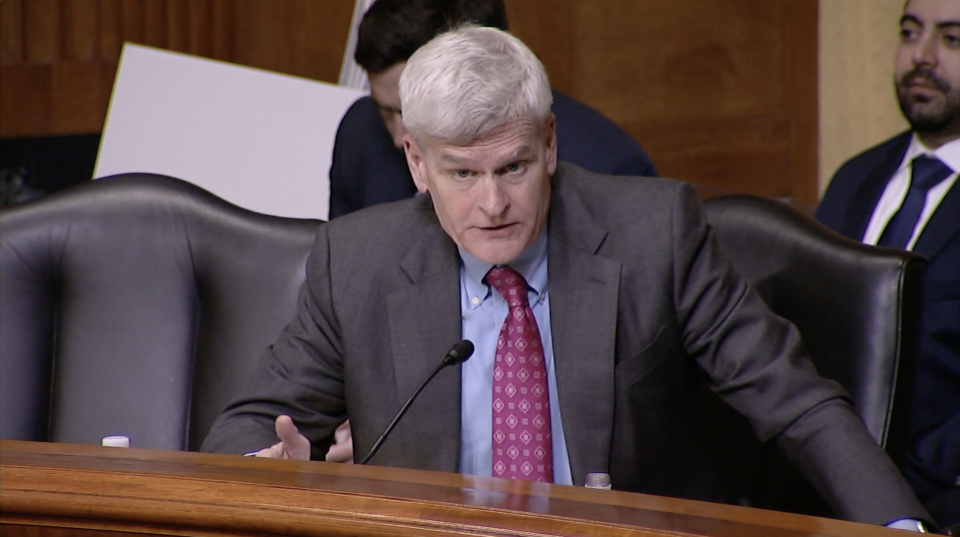
Accreditors warn Nicholls
July 9, 2013TPSB, chamber to ID district needs
July 9, 2013The span of Gulf of Mexico waters unable to sustain life due to oxygen starvation, commonly known as its “dead zone,” is on its way to becoming the largest such area since records were first logged nearly 30 years ago, researchers say.
Scientifically referred to as the “hypoxic zone,” the area is forecast to reach the size of New Jersey.
That’s according to an annual prediction published by Dr. Nancy Rabalais of the Louisiana Universities Marine Consortium.
“The low oxygen conditions threaten living resources including humans that depend on fish, shrimp and crabs,” Rabalais said.
Nutrients from the Mississippi River watershed, particularly nitrogen and phosphorus caused in part by run-off from farms far to the north, fertilize surface waters to create excessive amounts of algae. When the algae decomposes in the bottom water layer, which leads to low oxygen levels and die-offs of some organisms.
Rabalais has said that some organisms – such as finfish – may have enough mobility to escape the hypoxic area and reach waters that are more oxygen rich. Creatures with less mobility are less able to move, and can die from lack of the vital gas.
Routine dead zone monitoring began in 1985.
Diagrams show the dead zone this year as predicted to come very close to waters within Terrebonne and Lafourche parishes.
The prediction is based on conditions in the Mississippi River watershed and stormy conditions during the monitoring cruise.
“Hypoxic conditions are dependent on river discharge because of the influence that water volume and salinity have on the physical structure of the water column and on the nutrient load delivered to the coastal zone,” the new report states.
Data collected for this year’s dead zone study included a rise in nitrates and nitrites sampled in the Mississippi River at Baton Rouge.
“The concentration of nitrite-plus-nitrate at Baton Rouge was relatively low in the drought year of 2012, and into January and February of 2013, which was near the lowest values measured since 1997,” a segment of this year’s report reads. The total nitrite and nitrate load there at the beginning of May was recorded as considerably high, about 22 percent above the average values recorded from 2000 through this year.
Various programs are underway to reduce the type of runoff that creates the dead zone, including cooperative conferences between Midwestern farmers, scientists and others.
The University of Michigan, which also studies hypoxic zones in the Gulf, has made a prediction this year similar to that published by Rabalais.
“The (nitrogen and nitrate) load recently released by US Geological Survey, is 7,316 metric tons per day,” states that report, prepared by UM’s Dr. Donald Scavia. “Based on that estimate, we predict the area of this summer’s hypoxic zone to be 18,900 square kilometers, the seventh largest reported and about the size of New Jersey.”







